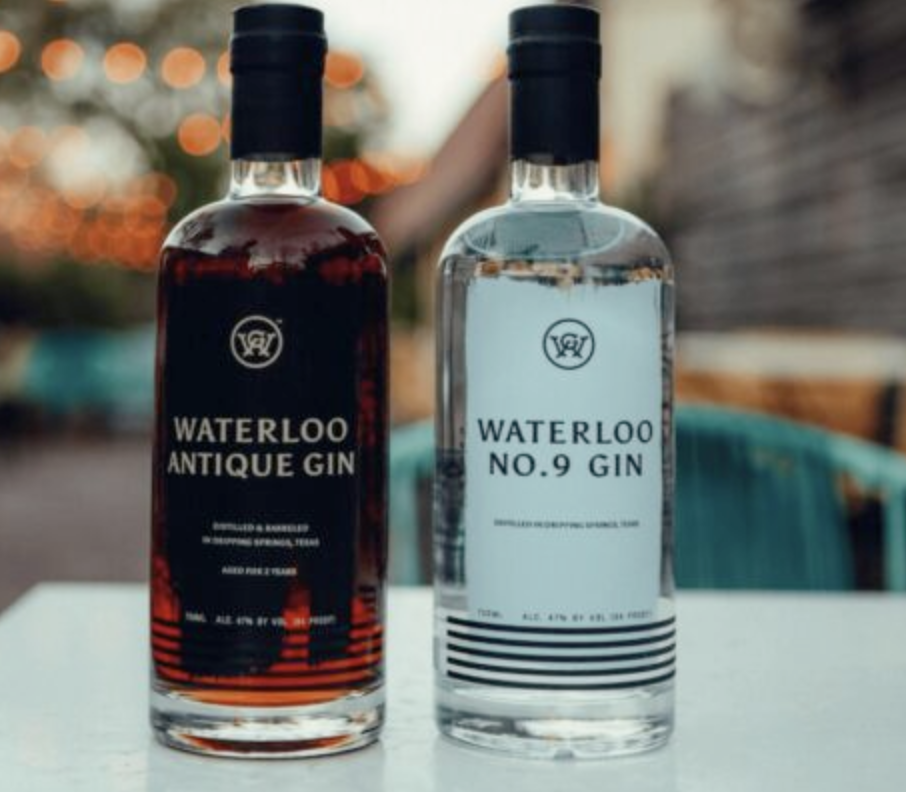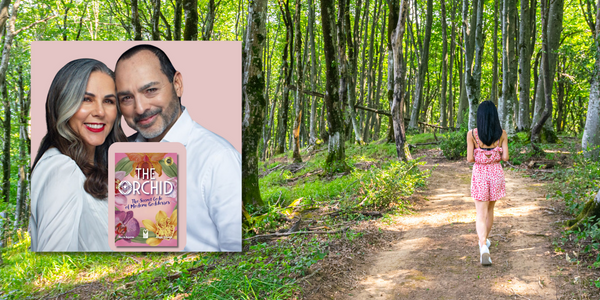Bourbon Podcast announces 2023 Whiskey of the Year
Bourbon Podcast announces 2023 Whiskey of the Year
“Big, bold, packed with flavor” – Bourbon Podcast announces 2023 Whiskey of the Year
After sampling over 100 whiskeys in 2023, Bourbon Podcast announced its 2023 Whiskey of the Year: Garrison Brothers Cowboy Bourbon®.
The highly anticipated 2023 release of Garrison Brothers Cowboy Bourbon® was limited to 9,600 bottles coming in at 140.9 proof.
Cowboy Bourbon® is bottled at cask strength, uncut and unfiltered, providing a unique flavor that is distinctly Garrison Brothers and unapologetically Texas.
“The 2023 release of Cowboy Bourbon® really stood out to us,”
Joe Nassif
co-host of Bourbon Podcast
“It is a big, bold, hazmat bourbon that is packed with flavor. It tastes like a dessert in a glass, with notes of brown sugar, chocolate, raisins, and cinnamon.”
Each barrel of Cowboy Bourbon® was hand-selected by Master Distiller Donnis Todd and stashed away in Garrison Brothers’ barrel barns for at least six years.
The process and high heat in Texas allows the bourbon to soak in even more flavor and texture, resulting in an incredible product. “Cowboy 2013, the first Cowboy ever released, put Garrison Brothers and Texas on the bourbon map,” said Donnis Todd, Master Distiller, Garrison Brothers Distillery. “It’s an honor a decade after the first release having the 2023 Cowboy named as the 2023 Whiskey of the Year,” Todd said.
Founded in 2005, Garrison Brothers Distillery is located in Hye, Texas. In 2006, the distillery was granted the first stiller’s permit for bourbon outside of Kentucky and Tennessee, which makes it the oldest legal bourbon distillery in Texas.
In addition to 2023 Whiskey of the Year, Bourbon Podcast announced the following 2023 Honorable Mention Whiskeys:
2XO Gem of Kentucky, 108 Proof, MSRP $199
Old Forester The President’s Choice, Barrel #30, 117 Proof, MSRP $189
Russell Reserve 13, Batch 4, 114.8 Proof, MSRP $150
Old Fitzgerald Bottled-in-Bond 10 year (Spring 2023), 100 Proof, MSRP $140
Angel’s Envy Cask Strength Rye, 114.4 Proof, MSRP $270
Elijah Craig Barrel Strength (C923), 133 Proof, MSRP $70
Elijah Craig Barrel Strength (B523), 124.2 Proof, MSRP $70
Garrison Brothers Balmorhea, 115 Proof, MSRP $180
Michter’s 10 Year Single Barrel Bourbon, Barrel #23G2651, 94.4 Proof, $185 MSRP
George T. Stagg, 135 Proof, MSRP: $125
Bourbon Podcast is the premier podcast for whiskey enthusiasts, consistently ranking in the Top 10 of Apple Podcasts in the United States in the hobbies category. Bourbon Podcast has thousands of weekly subscribers made up of whiskey enthusiasts and industry insiders. With over 60,000 followers on social media, Bourbon Podcast has distinguished itself as one of the top sources for news and reviews of whiskey in the United States.
For more information: www.bourbonpodcast.com
Instagram: @bourbonpodcast
Facebook: facebook.com/bourbonpodcast





























